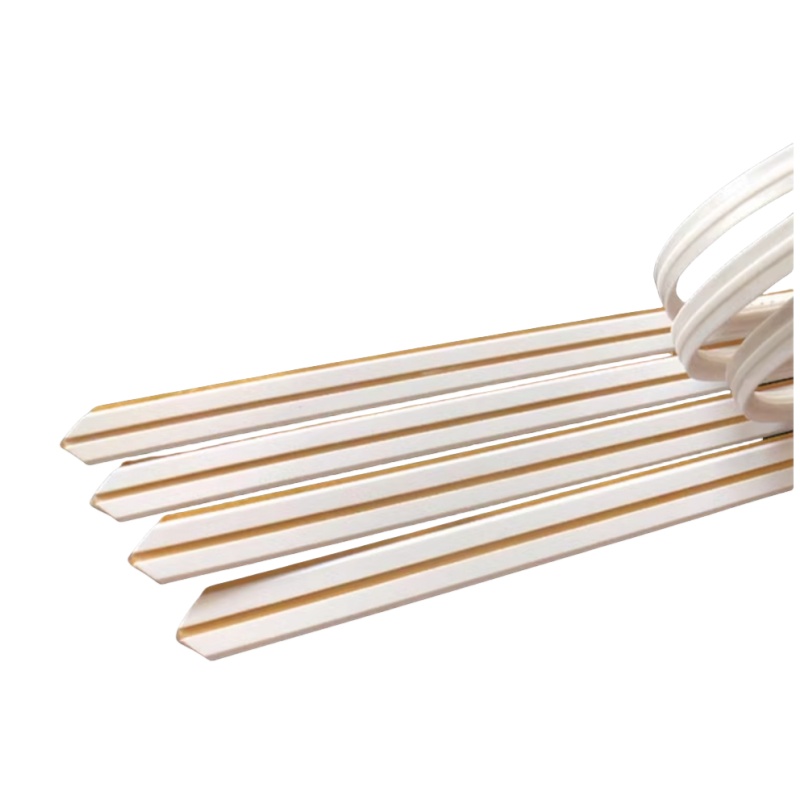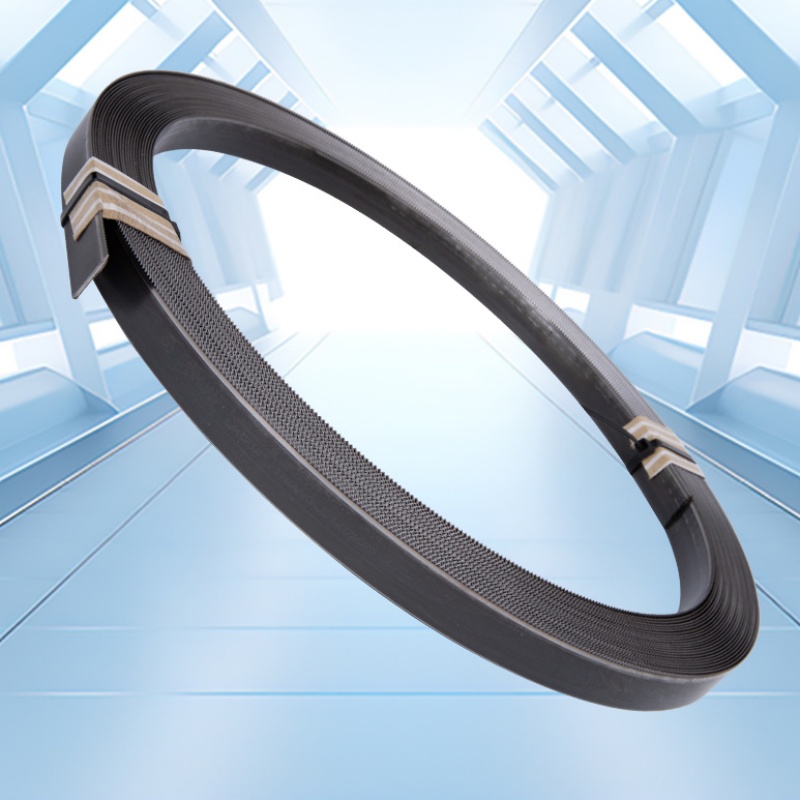
Die construction procedures are crucial role in generating top-grade segments within a diverse variety of fields. This class of steel demonstrate remarkable sturdiness, empowering them to endure severe stresses involved in industrial operations. From automotive constructs to consumer electronics appliances, rule die steel establishes its position in a wide-ranging of fields.
- Heavy Equipment components: Rule die steel is indispensable for crafting reliable and clean parts such as bearings, seals and enclosures.
- Biomedical instruments: The exceptional accuracy and resistance to wear of rule die steel make it beneficial for manufacturing complex medical devices.
- Tooling: Rule die steel is the primary material of robust tooling and molds used in various manufacturing stages, ensuring steady product production.
Rigorousness Cutting Rules for Sharp Sheet Metal Fabrication
Attaining precision in sheet metal fabrication requires exacting attention to fineness, particularly when it comes to dividing. Making use of the right cutting rules is pivotal to securing accurate and regular results. First and foremost, selecting the appropriate cutting method for your material thickness and desired edge quality is essential. Options include oxy-fuel cutting, each with its own strengths. Next, understanding material properties like tensile strength, ductility, and hardness can help prevent warping or damage during the cutting process. Always consult a material's datasheet for specific guidelines on safe cutting practices.
- Moreover, maintaining sharp cutting tools is fundamental for neat cuts and preventing stress on the sheet metal.
- Thermal conditioning the material can reduce thermal stress and improve cut quality in thicker materials.
- Lastly, post-processing steps like deburring and edge finishing are essential for securing a professional and functional product.
Learning Punch and Die Construction
Punch and die construction is a important aspect of the metal stamping process. These tools fashion metal sheets into various pieces by applying exact pressure. The design and construction of punches and dies significantly influence the performance of the stamped deliverables. A well-constructed punch frequently features a hardened steel tip to withstand repeated blows, while the die matches this force with a precisely machined cavity. The engagement between these two elements protects the exact transfer of shape and proportions to the metal sheet. The refinement of punch and die construction can fluctuate based on the targeted requirements of the stamping application. Influences such as the material thickness, shape complexity, and production volume collectively play a role in determining the configuration of the tools. Understanding these fundamental principles of punch and die construction is key for anyone involved in the metal stamping industry. From experts to operators, a solid grasp of this subject can contribute to increased efficiency, product quality, and overall success.Optimizing Fold Lines with Creasing Matrices
When it comes to achieving precise folding in the realm of fabrication and material processing, creasing matrices emerge as a important element. These specialized tools, often crafted from rigid materials like aluminum, are strategically designed to impart distinct creases into sheets or substrates. By exerting controlled pressure at specific points along the material's surface, creasing matrices effectively form fold lines that guide subsequent bending operations. This pre-creasing process remarkably enhances folding accuracy, resulting in more consistent and attractive final products.
- The precise nature of creasing matrices allows for the production of elaborate folds and designs.
- They can be customized to accommodate a wide range of material thicknesses and properties.
- Creasing matrices play a vital role in industries such as paper manufacturing, cardboard packaging, and printed circuit board fabrication.
Supersonic Rule Die Steel for Vehicle Manufacturing
The vehicle market is continuously seeking materials that can withstand the harsh conditions of manufacturing and working. Significantly, high-speed rule die steel has emerged as a vital asset due to its exceptional characteristics. This material exhibits exceptional hardness, wear resistance, and toughness, making it ideal for producing intricate transport parts.
- Moreover, its ability to maintain these properties at elevated temperatures promotes efficient production processes.
- Implementations of high-speed rule die steel in the automotive industry are numerous.
- Samples include cutting tools, molds for plastic components, and dies used in sheet metal stamping.
Adjusting Rule Die Steel Hardness for Cutting Performance
Achieving optimal cutting performance with rule die steel hinges on carefully opting for the appropriate hardness level. A trade-off between hardness and ductility is fundamental to ensure both acuteness of the cutting edge and resistance to damage. Durable steels can withstand increased cutting forces and resist deformation, leading to longer tool life. However, excessively hard steels may become brittle and prone to cracking, compromising the integrity of the cutting process.
- Influences like material being cut, cutting speed, and feed rate all shape the ideal hardness range.
- Employing thermal processing can effectively modify the hardness of rule die steel.
Understanding the relationship between hardness and cutting performance allows for improvement of tool life, surface finish, and overall cutting efficiency.
Punch Design Considerations for Different Materials
When designing punches for material formation, several essential considerations must be taken into account. The type of material being punched significantly affects the punch design. For instance, solid materials like steel require punches with sharper edges to effectively penetrate and deform the material. Conversely, yielding materials like aluminum can be punched with punches featuring rounded geometries to minimize edge damage and ensure clean cuts. Besides, factors such as the material's thickness also play a role in punch design. Thicker materials often necessitate larger punch diameters and increased impact for successful piercing. Understanding the material's composition is essential to select an appropriate punch material and geometry that ensures optimal performance and minimizes tool wear. Ultimately, a well-designed punch should effectively cut the material while minimizing deformation, damage, and tooling wear.Sharpening and Maintenance of Cutting Dies
Maintaining cutting dies in peak condition is vital for ensuring accurate and efficient die-cutting operations. Over time, the cutting edges of dies can become dull or damaged, leading to inconsistent cuts, material discard, and increased production costs. To maximize die lifespan and optimize cutting performance, it's imperative to follow a regular sharpening and maintenance schedule.
- Regularly inspect cutting edges for signs of wear, such as chipping or rounding.
- Engage specialized sharpening tools designed for die-cutting applications.
- Clean dies painstakingly after each use to remove debris and prevent rust buildup.
- Store dies in a clean, dry environment when not in use to protect them from corrosion.
By adhering to these best practices, you can extend the life of your cutting dies and maintain consistent, high-quality die-cutting results.
Rule Die Steel Matching Guide by Use
When deciding on rule die steel, consider its application. Various types of rule die steel stand out in different applications due to their unique attributes. For example, high-carbon steel is perfect for hardwearing rule dies used in demanding applications like engineering production. On the other hand, tool steels with reinforced elements are often opted for when hardness retention is paramount.
- Engage a reputable rule die steel distributor to choose the best option for your specific needs.
- Considerations like processing approach, production volume, and environmental conditions all modify the ideal rule die steel adoption.
Take into account that proper preservation and lubrication can significantly prolong the lifespan of your rule die steel, regardless of its variety.
Spot-on Creasing Matrix for Packaging Applications
In the realm of modern packaging design, precision is essential. A high-quality creasing matrix plays a vital purpose in ensuring clean, precise creases that enhance the aesthetic appeal of packaged products. These matrices are meticulously developed from durable materials like steel or carbide, and they come in various configurations to accommodate diverse packaging conditions.
The sharpness of a creasing matrix directly impacts the quality of the finished package. A well-maintained crease scoring matrix will result in consistent creases that not only boost the product's visual presentation but also contribute to its solidity.
- Aspects to consider when choosing a creasing matrix include the sheet of the packaging, the required angle, and the capacity of production.
- Routine maintenance of the creasing matrix is necessary to support its accuracy and boost endurance.
- Devoting in a high-quality creasing matrix can be a beneficial decision for any packaging operation, as it contributes to the capability of the production process and enhances the overall appeal of the finished product.
Case Studies: Successful Implementation of Rule Die Steel Apply
A compelling array of case studies reveal the remarkable efficacy of rule die steel across diverse industrial applications. From the demanding realm of automotive manufacturing to the intricate world of electronics production, these real-world examples showcase the transformative power of this advanced material. Firms have utilized rule die steel to achieve considerable improvements in product quality, creation efficiency, and overall business resilience.
- One notable case study centers on a leading foundry of aerospace components, where the implementation of rule die steel resulted in a substantial reduction in part defects and an improved production cycle time.
- In another instance, a renowned electronics manufacturer professionally applied rule die steel to fabricate intricate circuit boards with unprecedented precision and accuracy, enabling a considerable improvement in product reliability.
These case studies provide irrefutable evidence of the utility of rule die steel as a solution for handling the strict requirements of modern industries.
